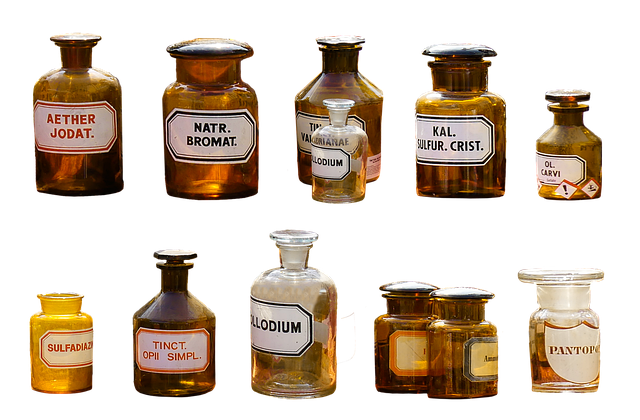Scintigraphy contrast agents enhance medical imaging by interacting with specific diagnostic tools to highlight body structures. While they can cause temporary symptoms like flu-like illnesses and skin reactions, severe allergic reactions are rare but require prompt medical care. Proper screening, selection of suitable agents, counseling, and monitoring are essential for patient safety during scintigraphy procedures involving these indispensable diagnostic tools.
“Exploring the world of scintigraphy contrast agents reveals a powerful tool in medical imaging, but it’s not without potential risks. This article delves into the common side effects and allergic reactions associated with nuclear contrast media, offering insights crucial for both healthcare professionals and patients. From understanding these agents’ functions to recognizing symptoms like nausea and skin rashes, we cover it all. Additionally, we explore management strategies and prevention tactics for a safer experience.”
Understanding Scintigraphy Contrast Agents
Scintigraphy contrast agents are specialized substances designed to enhance imaging capabilities in medical diagnostics, particularly in nuclear medicine procedures. These agents are carefully formulated to interact with specific diagnostic tools, allowing for better visualization of internal body structures. When introduced into the body, they highlight certain organs or tissues, providing valuable information about their function and any potential abnormalities. Understanding how these contrast agents work is crucial in interpreting scintigraphy scans accurately.
These agents can be categorized based on their composition and mode of action. Some are designed to emit gamma radiation, which is detected by specialized cameras to create detailed images. Others may contain radioisotopes that help identify specific metabolic processes or cellular activities within the body. By choosing the right contrast agent for a particular scan, healthcare professionals can optimize image quality and gain more insights into a patient’s health status, making scintigraphy an invaluable tool in modern medical diagnostics.
Common Short-Term Side Effects
Scintigraphy contrast agents, commonly used in nuclear medicine procedures, offer vital imaging insights but are not without side effects. Patients often experience temporary symptoms post-administration. These include flu-like illnesses with symptoms like fever, chills, nausea, and body aches—typically mild to moderate in intensity. Some individuals might also notice minor skin reactions at the injection site, such as redness or itching. These short-term effects are generally manageable and subside within a few days.
The majority of patients tolerate these contrast media well, but it’s crucial for medical professionals to monitor for any adverse reactions. Prompt medical attention is recommended for severe symptoms like difficulty breathing, swelling of the face or throat, or persistent, high fever, as these could indicate a more serious allergic reaction. Understanding and recognizing these common short-term side effects are essential steps in ensuring patient safety during scintigraphy procedures.
Allergic Reactions and Their Severity
Allergic reactions to scintigraphy contrast agents can range from mild to severe and should be taken seriously. These reactions occur when the body’s immune system overreacts to the foreign substance, leading to various symptoms such as hives, itching, swelling, difficulty breathing, or even anaphylaxis. The severity of these reactions can vary widely, with some being manageable through over-the-counter antihistamines and others requiring immediate medical attention.
Understanding the potential for allergic responses is crucial when using scintigraphy contrast agents. Patients with a history of allergies or those who have experienced adverse reactions to other contrast media should inform their healthcare providers beforehand. Proper screening and monitoring during procedures can help mitigate risks, ensuring safer administrations of these essential diagnostic tools.
Management and Prevention Strategies
Managing and preventing reactions to nuclear medicine contrast agents, such as those used in scintigraphy, is crucial for patient safety. Healthcare professionals should always assess patients’ medical histories for potential allergies or sensitivities before administration. This includes inquiring about previous reaction histories with similar medications or food allergens.
To minimise risks, careful selection of the appropriate contrast agent based on individual patient needs is essential. Additionally, pre-administration counseling and monitoring can help identify early signs of adverse reactions. Patients should be educated about potential side effects and encouraged to report any unusual symptoms promptly. Implementing these strategies contributes to safer practices when using scintigraphy contrast agents.
Nuclear scintigraphy, while a valuable diagnostic tool, isn’t without risks. Understanding the potential side effects, from common short-term reactions like nausea and vomiting to rare but severe allergic responses, is paramount for both patients and medical professionals. By being aware of these possibilities, we can implement effective management strategies to ensure patient safety and optimize the benefits of scintigraphy contrast agents.
